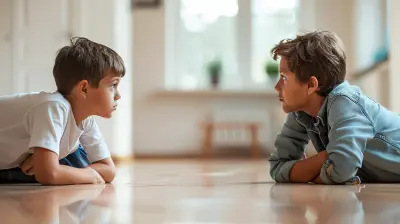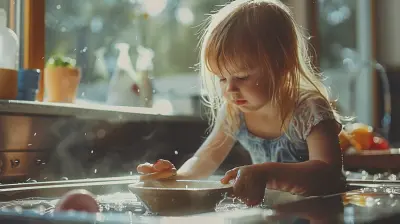The Role of Pets in Easing Childhood Anxiety
27 October 2025
Anxiety in kids is more common than we’d like to admit. From social pressures to school stress, kids today are juggling way more than we ever did—and it’s taking a toll. But what if I told you that a wagging tail, a warm purr, or even the slow stride of a pet turtle could be part of the solution?
Yep, pets aren’t just adorable companions. They can be emotional anchors. Let's dive deep into how having a four-legged (or feathered or scaled) friend can ease childhood anxiety and become a vital part of your family's emotional support toolkit.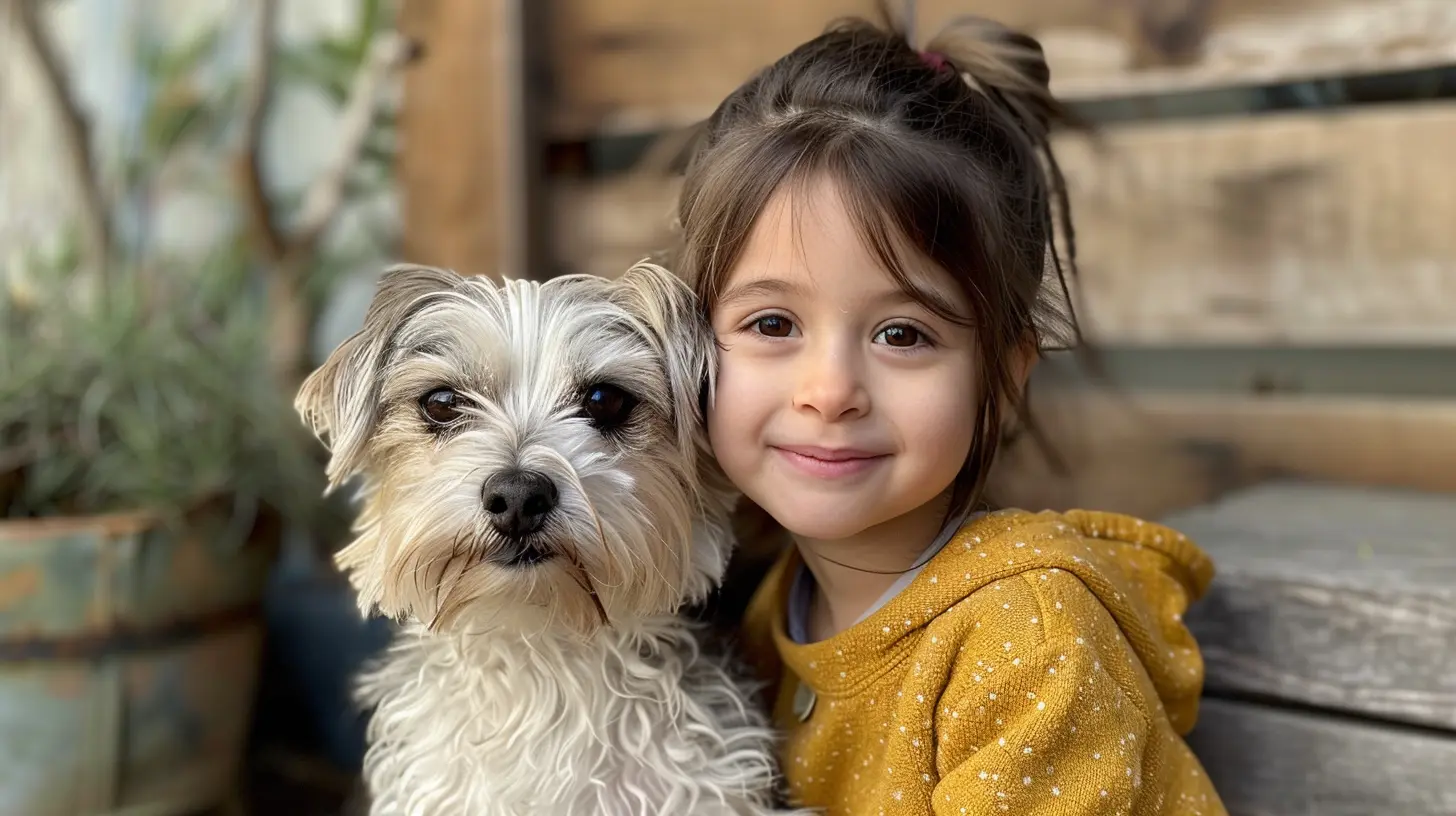
Why Are So Many Kids Anxious These Days?
Before we get into the fluff and fur of things (pun totally intended), let’s get real for a second.Kids today are growing up in a world packed with information, pressure, and constant connection. Between the demands of school, the overload of screen time, and social media comparisons, it's easy to see why anxiety is on the rise.
And for a child, anxiety doesn't always look how it does in adults. It might show up as tummy aches, anger outbursts, crying for no reason, or just a refusal to go to school. As parents, we scramble to find tools that actually work. Therapy helps, sure. So do mindfulness techniques. But there's another piece that’s often overlooked: the comforting, steady presence of a pet.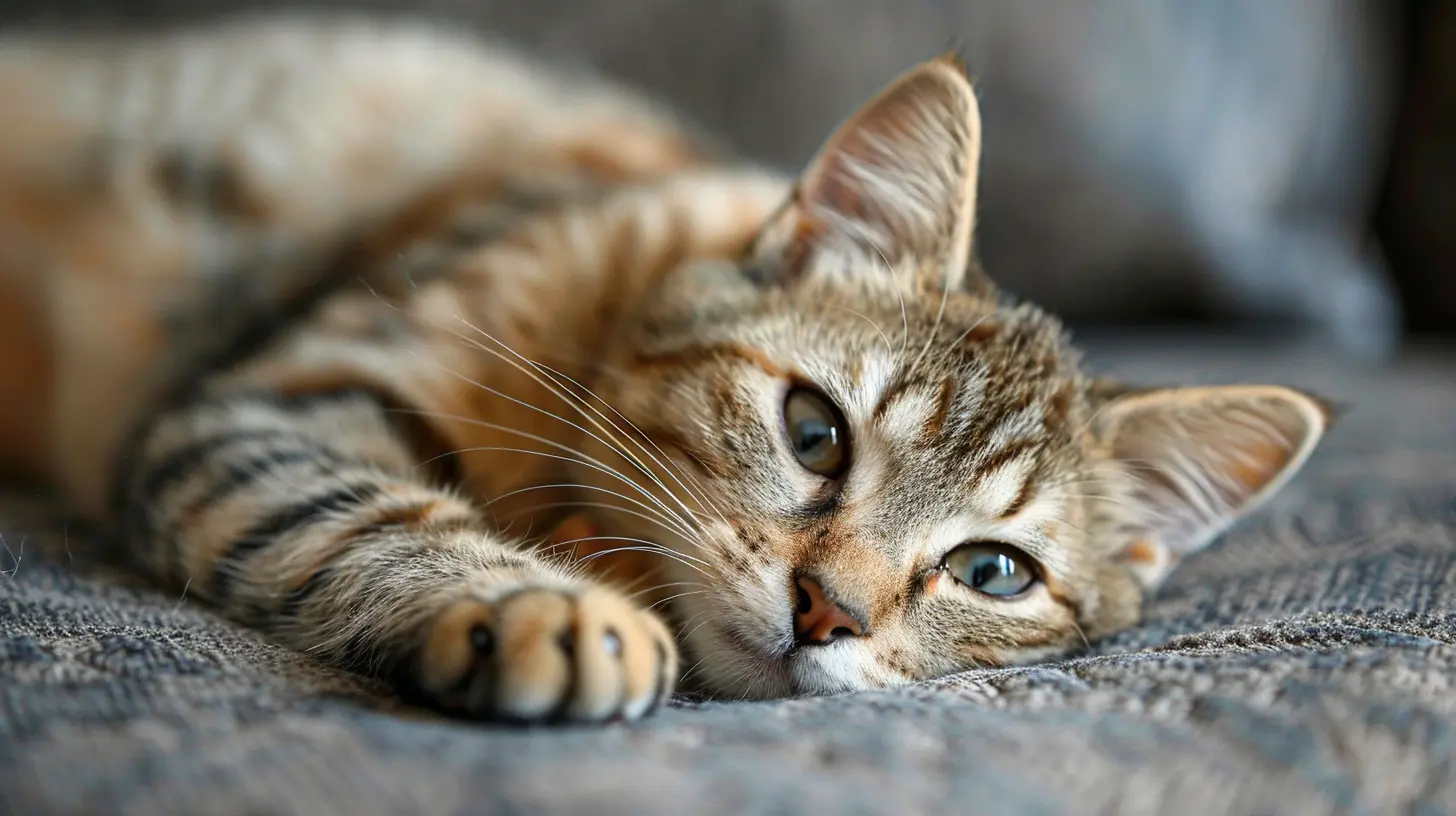
How Exactly Do Pets Help with Anxiety?
So here’s the million-dollar question: what’s so magical about pets?Here’s the thing—animals don’t judge, criticize, or expect anything in return. They just are, and that’s incredibly healing.
1. Unconditional Love in a Fluffy Package
Whether it’s a wagging tail greeting your child at the door or a gentle purring cat curling up beside them, pets offer unwavering affection. They don’t care if your kid messed up a spelling test or had a fight with their best friend.This kind of unconditional love gives kids a sense of security. It reinforces their self-worth. They know that no matter what, their pet is their biggest fan.
2. Routine and Responsibility Provide Structure
Kids thrive on structure. Anxiety often worsens when there’s chaos or unpredictability.Enter: pet responsibilities.
Feeding the dog, cleaning the hamster cage, or changing the fish’s water may seem like chores, but they’re actually powerful tools. They instill a sense of responsibility and predictability in a world that often feels out of control for anxious children.
Plus, these “chores” give a sense of accomplishment. That tiny win? It’s a big deal for a kid battling anxiety.
3. Calming Physical Contact
Ever noticed how hugging someone you care about instantly calms you down?The same applies to pets.
Petting a dog or cat releases oxytocin—the feel-good hormone—in both the human and the animal. This natural chemical reduces cortisol (aka the stress hormone), lowers blood pressure, and slows the heart rate.
In other words: more snuggles, less stress.
4. Distraction from Anxious Thoughts
Anxiety thrives on thoughts—the what-ifs, the worst-case scenarios, the inner critic screaming at full volume.Pets interrupt that pattern. Whether it's a playful puppy demanding a game of fetch or a parakeet chirping for attention, pets pull kids out of their own heads and into the present moment.
And guess what? The present moment is where anxiety loses its power.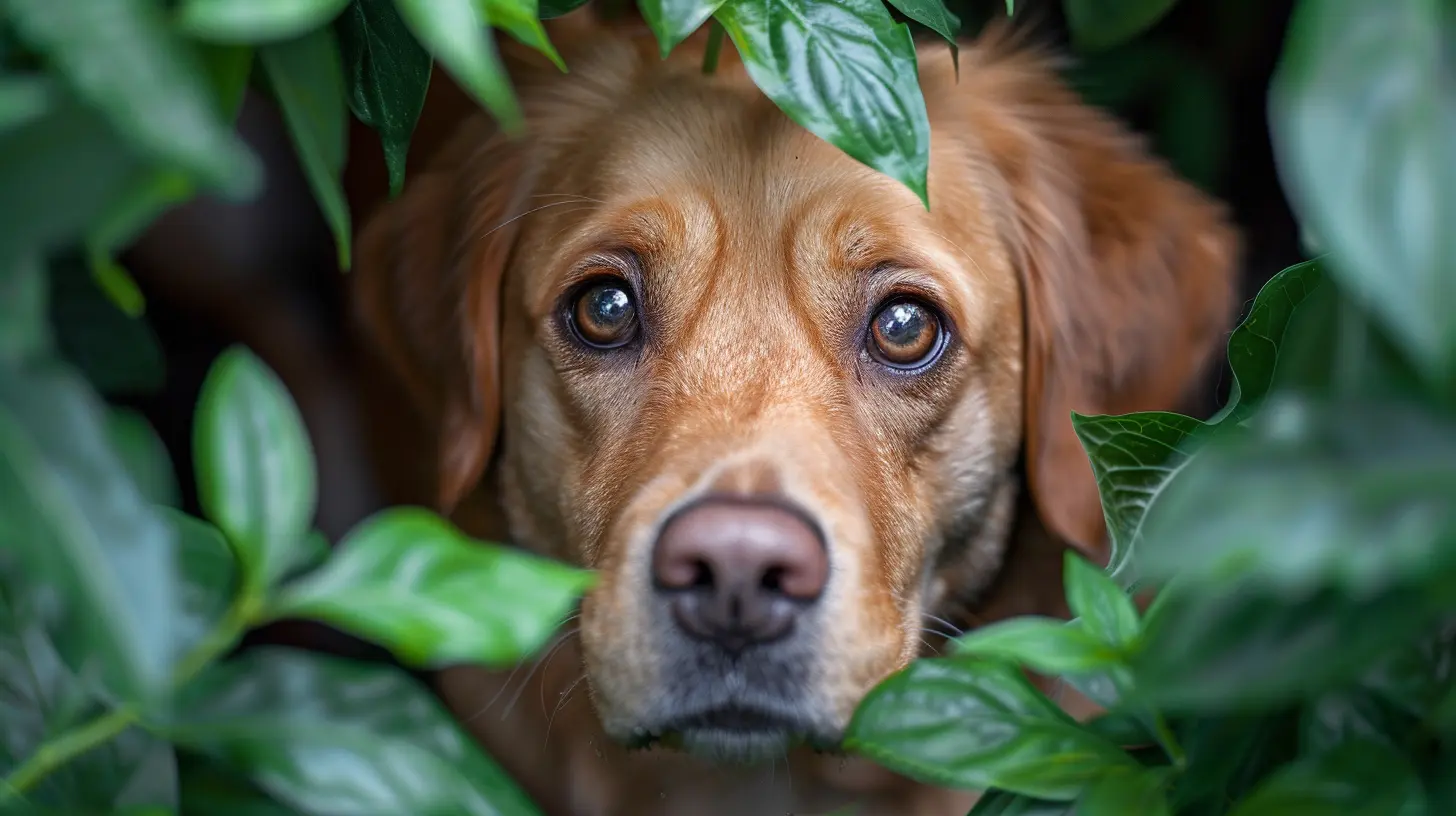
Science Agrees: Pets Are Good for the Mental Health
This isn’t just feel-good fluff—there’s real science backing it up.Studies from major institutions like the CDC and the National Institutes of Health have shown that kids with pets tend to experience:
- Lower levels of stress and anxiety
- Better social interactions
- Improved self-esteem
- Increased physical activity (hello, dog walks!)
In fact, therapy animals are now used in schools, hospitals, and counseling centers for exactly these reasons. If a trained therapy dog can calm a room full of anxious students before exams, imagine what your child’s own pet can do.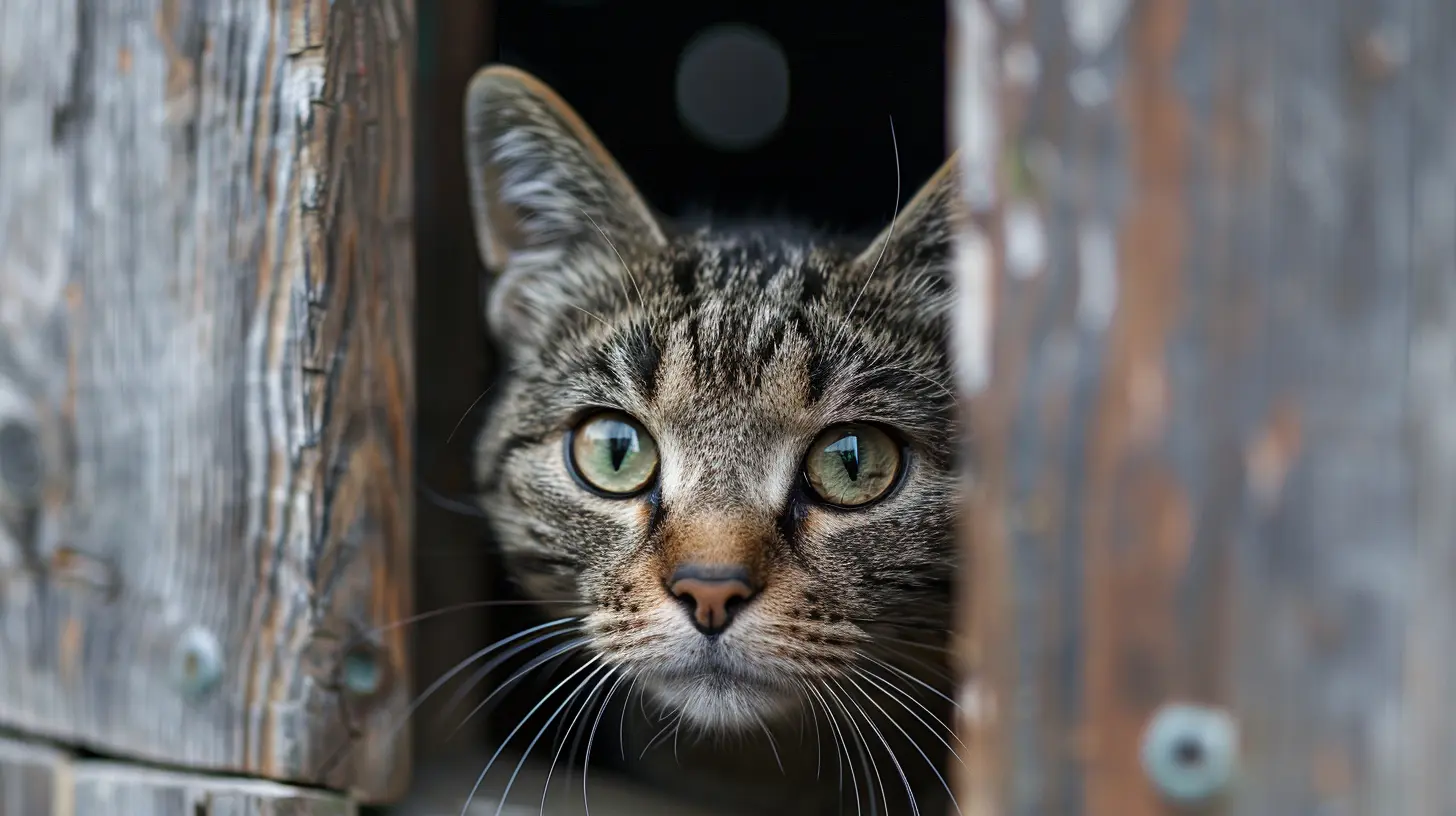
Choosing the Right Pet for Your Anxious Child
Not every pet is a good fit for every family. So before you rush out to adopt a puppy, take a breath. Let’s talk about how to choose the right kind of pet.1. Know Your Child’s Personality
Is your child energetic and lively? A playful dog might be a great match.Do they prefer quiet, calm environments? A cat or even a guinea pig could be ideal.
Scared of loud noises? Maybe skip the cockatoo.
Match the pet’s temperament with your child’s needs.
2. Consider Allergies and Sensitivities
No one wants their pet therapy sessions ruined by itchy eyes or sneezing fits. Always check for pet allergies before adopting.3. Factor in Your Family’s Schedule
Some pets need way more attention. Dogs require regular walks and interaction. Cats, not as much. Fish? Practically introverts. Choose a pet that fits your family's rhythm.4. Think Beyond the Fluffy
Fish tanks can be mesmerizing. Watching fish swim has been shown to lower blood pressure and induce calm. Even reptiles offer companionship in quieter, low-maintenance ways.Real-Life Stories That Warm the Heart
“Milo the Golden Retriever Saved Our Mornings”
Lisa, a mom of two, shared how their 8-year-old daughter Emily used to throw tantrums every morning before school due to severe anxiety. After adopting Milo, a gentle golden retriever, everything changed.“Milo started waking her up gently each morning, wagging his tail and licking her face. It became their little ritual. She started looking forward to mornings just to see him.”
“From Panic Attacks to Turtle Time”
Jake, a 10-year-old with generalized anxiety, found peace in an unlikely friend—a turtle named Sheldon.“When Jake would feel a panic attack coming on, he’d sit by Sheldon’s tank and talk to him. The slow, deliberate motion of the turtle calmed him down better than any breathing app,” says his dad.
Teaching Kids Empathy and Emotional Intelligence
Pets do more than soothe anxiety—they teach life skills.Kids learn to understand non-verbal cues (like when the dog’s ears are pinned back or the cat flicks its tail). This enhances emotional intelligence.
They learn empathy. They begin to recognize that their mood affects others, even their pet. And that’s a lesson that sticks—learning to care for someone else, even a small animal, makes them more emotionally aware and socially connected.
When a Pet Isn’t the Right Fit
Look, as amazing as pets can be, they’re not a one-size-fits-all solution.If your child is dealing with severe anxiety, professional therapy should still be part of the equation. Pets are incredible sidekicks, not solo fixers.
Also, if your child has a history of aggressive behavior, sensory processing issues, or trauma involving animals, bringing a pet into the home should be done with guidance from a child psychologist or therapist.
Tips for Parents Thinking of Getting a Pet
Let’s say you're ready to bring a pet into your anxious child's life. Here are some practical tips to make the transition smooth and stress-free.- Involve your child in choosing the pet. Let them feel ownership.
- Don't overpromise what the pet can do. Present it as a friend, not a cure.
- Set realistic expectations for care—especially for younger children.
- Train the pet well. A well-behaved pet is a calming presence. A misbehaving one? Not so much.
- Establish routines involving the pet. Predictability is soothing.
Final Thoughts: A Pet’s Love is Anxiety’s Kryptonite
At the end of the day, pets are more than just companions. They’re listeners, snuggle buddies, distraction experts, and love machines. For an anxious child, that kind of support can be life-changing.No, pets won’t make anxiety vanish overnight. But they gently chip away at the fear, the stress, and the self-doubt—one wag, purr, or nuzzle at a time.
So if your child is struggling and your family’s ready for the commitment, maybe it’s time to adopt a furry (or scaly or feathery) ally. Because sometimes, the best therapy comes on four legs with a slobbery kiss or a gentle nudge.
all images in this post were generated using AI tools
Category:
Dealing With AnxietyAuthor:

Austin Wilcox
Discussion
rate this article
1 comments
Yasmeen McGonagle
Who knew fur and whiskers could be the ultimate childhood therapists? Forget the latest gadgets—just hand over a fluffy friend and watch those worries melt like ice cream on a sunny day!
November 1, 2025 at 5:20 PM

Austin Wilcox
Absolutely! Pets provide unconditional love and comfort, making them perfect companions for kids to navigate their worries.

